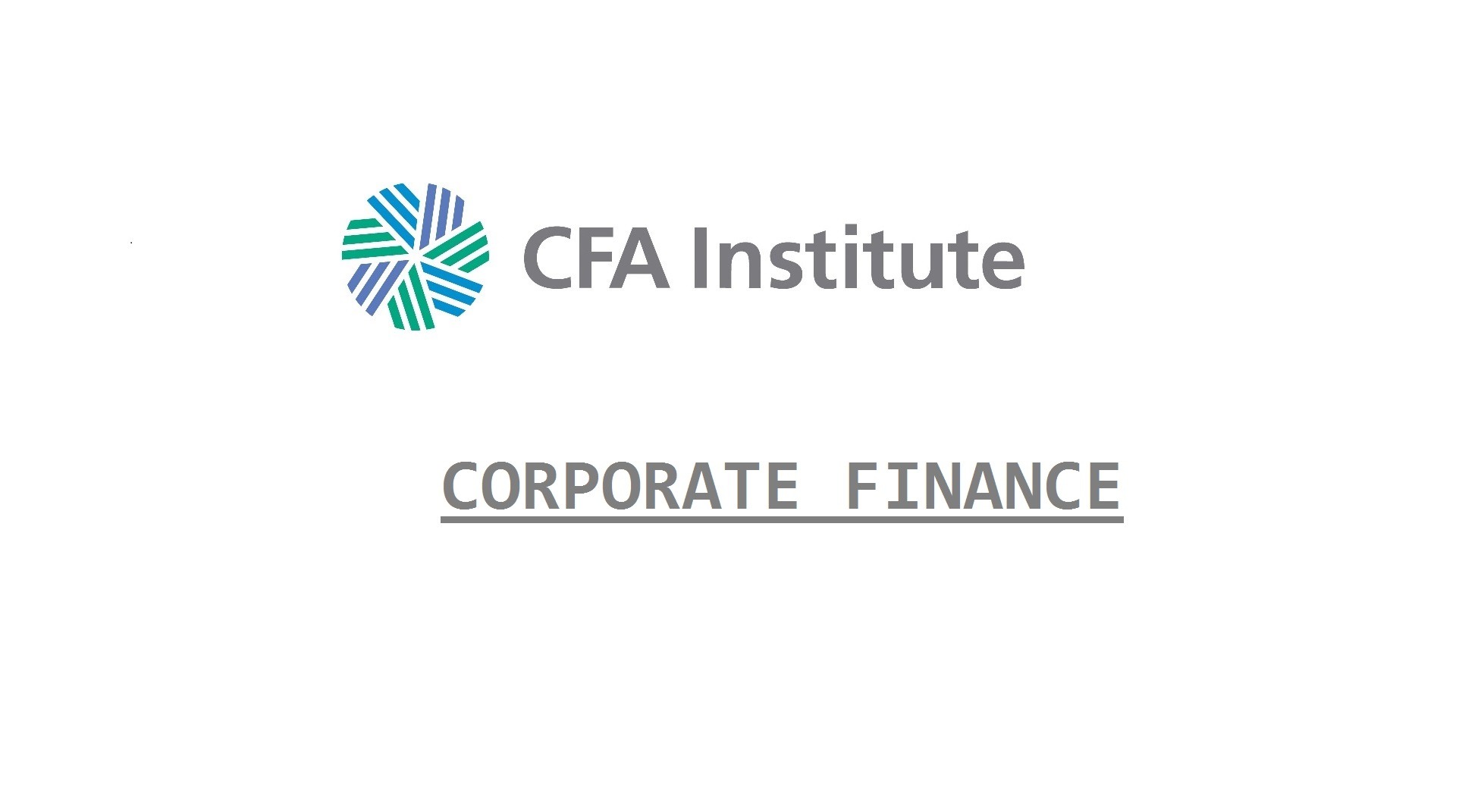A stable dividend policy focuses on a maintaining a steady dividend payout regardless of earnings volatility. To approximate the appropriate level for the dividend, companies align their dividend growth rate to their long-term earnings growth rate. A gradual move to a target payout ratio is called a target payout adjustment model. We can calculate the adjustment increase with the following equation:
expected increase in dividends = [(expected earnings × target payout ratio) – previous dividend] × adjustment factor
where:
adjustment factor = 1 / number of years over which the adjustment in dividends will take place
A constant dividend policy is simply paying out a fixed percentage of total earnings as dividends.
A residual dividend policy means that dividends are paid out after the firms retains a portion of earnings as the equity portion of its capital budget. The steps involved in determining a target payout ratio under the residual model is to first identify the optimal capital budget and determine the equity needed to achieve that capital structure. The equity portion of that budget should be financed as much as possible by retained earnings, and dividends are paid out of leftover earnings, if any.
Advantages of the residual dividend model:
- The model is simple to use. The company uses the funds necessary to invest in profitable projects and then gives what is left over to the shareholders.
- The model allows management to pursue profitable investment opportunities without being constrained by dividend considerations.
Disadvantages of the residual dividend model:
- If a firm follows the residual dividend policy, its dividend payments may be unstable.
Some companies try to mitigate the disadvantages of the residual dividend approach by forecasting their capital budget over a longer time frame (e.g., five to ten years). The leftover earnings over this longer time frame are allocated as dividends and are paid out in relatively equal amounts each year. Any excess cash flows are distributed through share repurchases.
